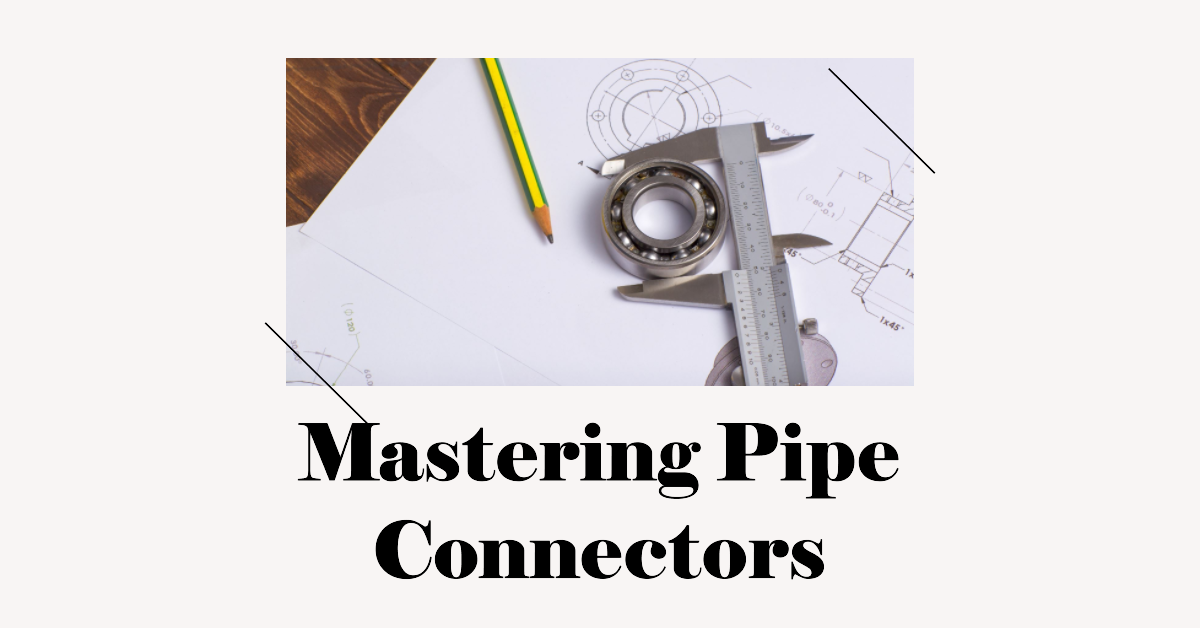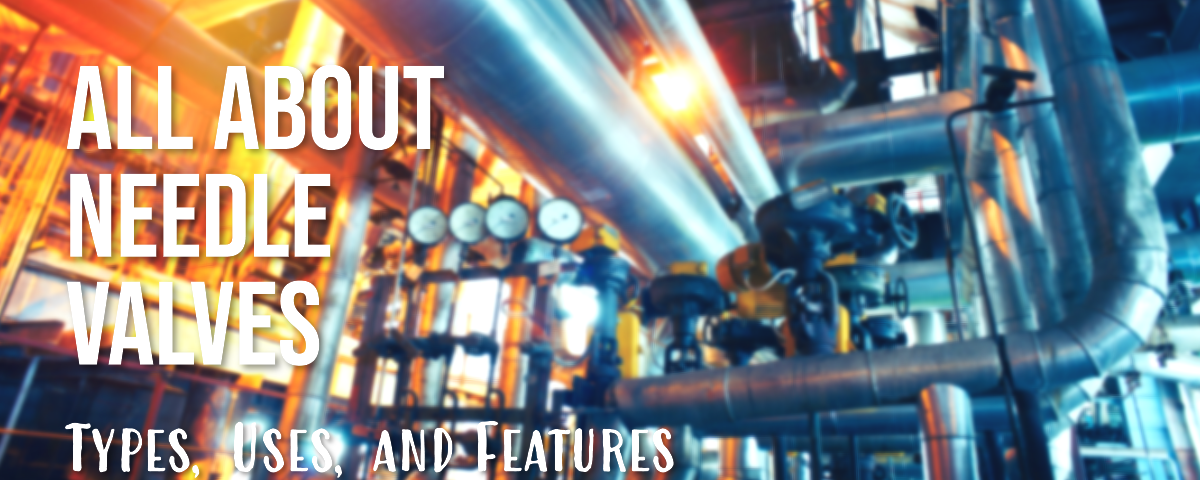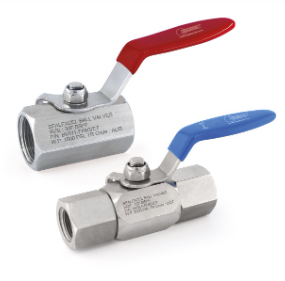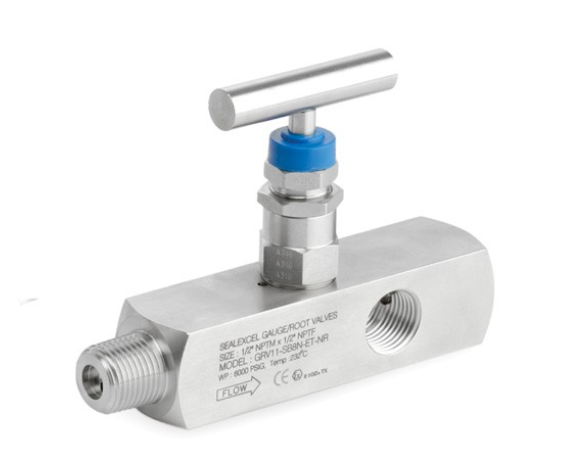
What Is The Use Of SS Ball Valve?
June 5, 2023
Mastering Pipe Connectors: A Guide to Efficient Plumbing Systems
June 21, 2023In this comprehensive guide, we will delve into the intricate details of needle valves, exploring their various types, practical applications, and distinguishing features. If you are seeking a reliable resource to understand needle valves, you have come to the right place. Our goal is to provide you with in-depth knowledge that surpasses existing articles on the subject, enabling you to make informed decisions. So, let’s get started!
What is a Needle Valve?
A needle valve is a precision flow control device commonly used in industrial settings to regulate the flow rate of fluids or gases with exceptional accuracy. Its design incorporates a slender, tapered needle-like plunger that slides into a conical seat, allowing for precise control over the flow.
Types of Needle Valves
1. Screw-in Needle Valves
Screw-in needle valves, also known as threaded needle valves, are widely used due to their versatility and ease of installation. These valves feature a threaded connection that enables secure attachment to various types of equipment and piping systems. They are available in different materials, including stainless steel, brass, and carbon steel, ensuring compatibility with diverse applications.
2. Compression Needle Valves
Compression needle valves are commonly employed in situations where space is limited. Their compact design and compression fittings make them ideal for applications in tight or hard-to-reach areas. These valves provide excellent sealing capabilities, ensuring a leak-free operation in critical systems.
3. Union Bonnet Needle Valves
Union bonnet needle valves are specifically designed for high-pressure applications. They offer robust construction and enhanced durability, making them suitable for demanding environments. The union bonnet design allows for easy access to internal components, simplifying maintenance and repair procedures.
4. Rising Stem Needle Valves
Rising stem needle valves feature a stem that moves up and down as the valve is opened or closed. This design provides clear visual indication of the valve’s position, allowing operators to easily monitor the flow control. Rising stem needle valves are commonly used in scenarios where precise adjustment and monitoring of the flow rate are critical.
Practical Uses of Needle Valves
1. Flow Control in Industrial Processes
One of the primary applications of needle valves is in industrial processes that require precise control over fluid or gas flow rates. These valves find extensive use in chemical plants, refineries, laboratories, and other similar settings. Their ability to regulate flow with exceptional accuracy makes them indispensable for maintaining optimal process conditions.
2. Pressure Relief and Bypass Systems
Needle valves are often employed in pressure relief and bypass systems to divert excess pressure or fluid flow to protect sensitive equipment or components. By adjusting the needle valve, operators can fine-tune the relief or bypass mechanism, ensuring the system operates within safe limits
3. Instrumentation and Calibration
The precise control offered by needle valves makes them ideal for instrumentation and calibration purposes. In industries such as pharmaceuticals, aerospace, and automotive, where accuracy is paramount, these valves are utilized to calibrate pressure gauges, flow meters, and other measuring instruments.
4. Gas Cylinder Applications
Needle valves play a crucial role in gas cylinder applications. They are used for controlling the release of compressed gases with utmost precision, ensuring safe and efficient operation. Whether it’s in welding, medical gases, or specialty gas handling, needle valves provide reliable flow control in critical situations.
Distinguishing Features of Needle Valves
1. Fine Flow Control
One of the key advantages of needle valves is their ability to achieve fine flow control. The tapered needle-like plunger allows for incremental adjustments, enabling precise regulation of the flow rate. This feature is particularly beneficial in applications that demand precise measurement and control, such as laboratory experiments or flow-sensitive processes.
2. Excellent Sealing Properties
Needle valves are known for their exceptional sealing capabilities. The close interaction between the needle and seat creates a reliable seal that prevents leakage, even in high-pressure systems. This sealing efficiency ensures optimal performance and prevents unnecessary loss of fluids or gases.
3. Compact and Versatile Design
The compact design of needle valves makes them suitable for installation in tight spaces or confined areas. Their versatility allows for integration into various systems, providing flexibility in design and installation. Whether it’s a complex industrial setup or a compact laboratory apparatus, needle valves offer compatibility and adaptability.
4. Durability and Longevity
Manufactured from high-quality materials such as stainless steel, brass, or carbon steel, needle valves exhibit excellent durability and longevity. These robust valves can withstand harsh operating conditions, including high pressures and corrosive environments, ensuring reliable performance over extended periods.
5. Visual Flow Monitoring
Certain needle valve designs, such as rising stem needle valves, offer the advantage of visual flow monitoring. The rising stem provides a clear indication of the valve’s position, allowing operators to monitor the flow rate in real-time. This visual feedback enhances operational control and facilitates precise adjustments.
Conclusion
In conclusion, needle valves are indispensable devices for precise flow control in a wide range of industrial applications. Through this comprehensive guide, we have explored the different types of needle valves, their practical uses, and their distinguishing features. Armed with this knowledge, you can confidently choose the right needle valve for your specific requirements. Remember, whether it’s achieving accurate flow rates, ensuring system safety, or calibrating instruments, needle valves provide the precision and reliability you need.



